The mystery begins with trouble starting the boat’s engine. The suspense builds when charging and then replacing batteries doesn’t fix the problem. The plot thickens when replacing the starter still doesn’t do the trick. A mechanic is introduced into the story and twists the plot by diagnosing water in the cylinders. Who (or what) done it?
Let’s meet the players.
The engine is made by a large manufacturing company, they make the engine for cars, trucks or tractors. A marine engine company “marinized” the engine, i.e. they changed the cooling and exhaust systems. Radiators don’t work so well on boats and hot exhaust pipes are not welcome. The marine engine company adds a second water pump (raw water pump), a heat exchanger (acts like a radiator on fresh water cooled engines) and a water cooled exhaust system. Then the boat manufacturer installs it in the boat and connects the plumbing for the cooling and exhaust systems.
A dealer then sells the boat, perhaps modifying it during the commissioning. The boat owner finds a “mechanic” on the dock to help with the maintenance (and saves a bundle :>) and saves even more by doing some things himself!
The water the mechanic found is salt water. Can you solve the mystery?
It could be the engine manufacturer. The engine may have been designed wrong or assembled improperly, but they made thousands of these engines and no one is complaining on the internet. Perhaps it was the “marinizer”, they designed and installed the cooling system and wet exhaust, but why did the engine run so well for so long? It had started and run fine for the first five years.
HINT: The engine has been a bit harder to start the past year or so, but once it got started it ran fine, didn’t it? (the crescendo)
It might be the boat builder, perhaps they didn’t install something properly, like insufficient exhaust riser height or not enough slope in the exhaust discharge hose. But how could it have taken so long to kill the engine?
The butler in this proverbial engine murder mystery is the exhaust system. It is water cooled, meaning water circulates through cavities on the exterior of the castings (manifolds and risers) to keep the system cool. The seawater is injected and mixed into the hot exhaust gasses to cool them on their way out of the boat. The system developed a small leak, allowing a small amount of water to enter the cylinders and causing the hard starting condition for several months. Eventually the volume of the leak increased and when the engine stopped with the wrong exhaust valve open, one cylinder flooded and prevented the engine from starting. That piston just could not compress that water, no matter how much power you gave it from new batteries. (the climax)
The mechanic may try to rid the engine of corrosion and get it running, he may need to have the heads rebuilt to address the long term corrosion from the water leak in the exhaust system or the whole engine may need rebuilt. (the denouement)
The resolution, New Year’s Resolution in this case, is to pay more attention to the subtle changes in the boat and the engine. If the engine becomes harder to start, gets hotter, won’t go as fast or smokes more, resolve to address it immediately. If the bilge has water or the odor, if the dock lines are frayed or the hatch is leaking, resolve to address the problem before it grows into something more extensive and expensive…..Happy New Year!
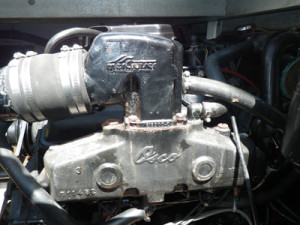
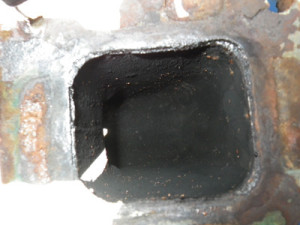
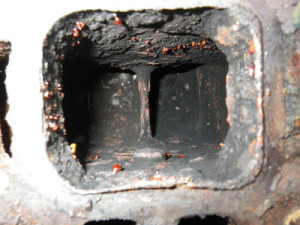
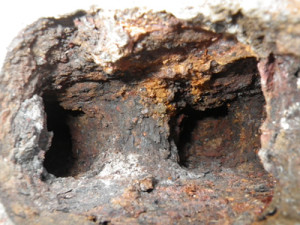
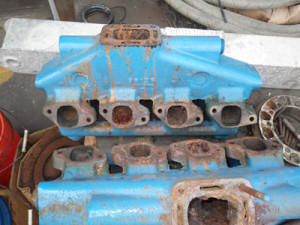
This article was edited on February 29, 2016.